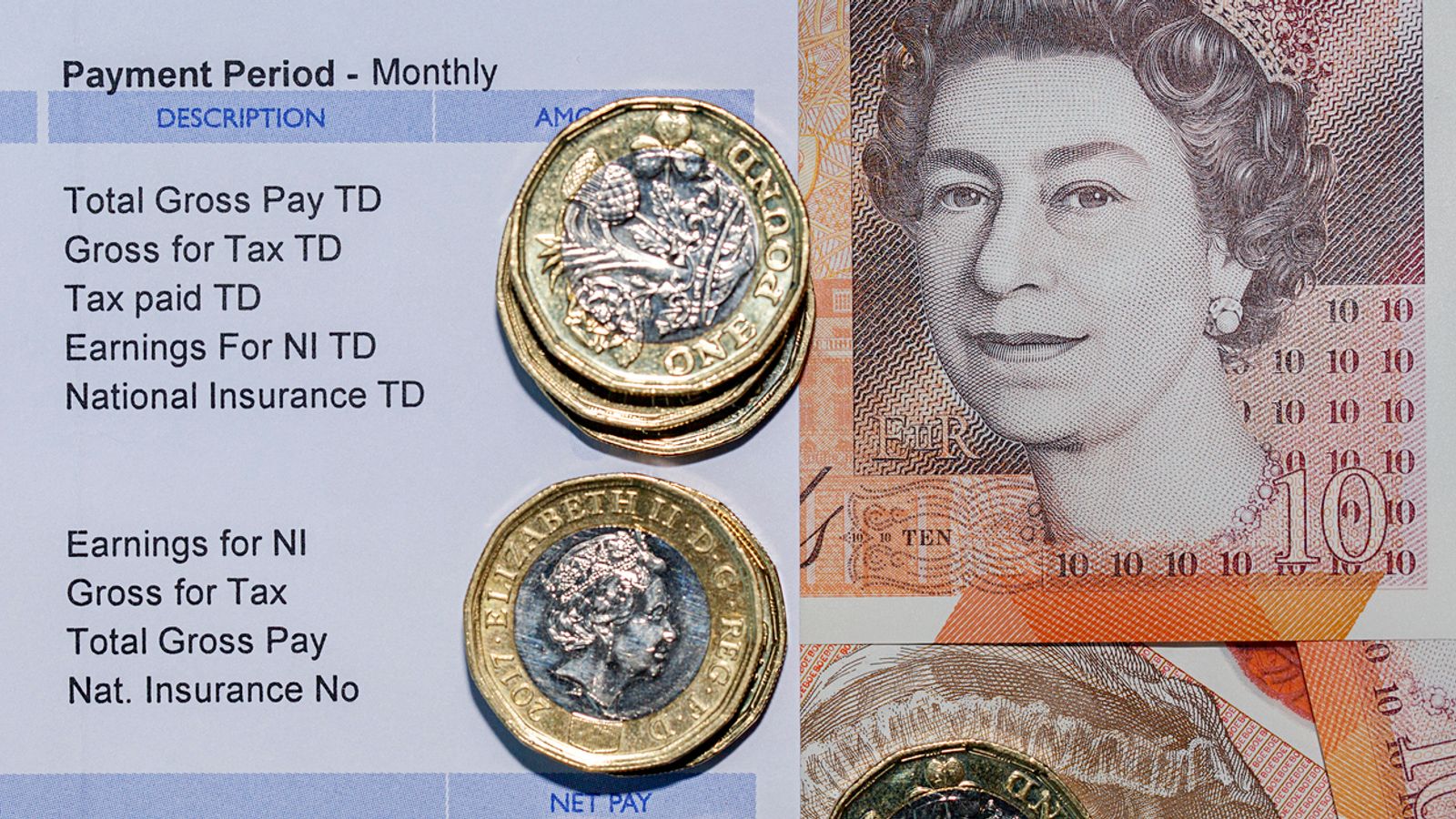The UK recorded its second largest fall in real wage growth since records began in 2001 in October while the unemployment rate also rose, according to the latest official jobs figures.
The Office for National Statistics (ONS) reported that wage growth was 4.2% weaker when the effects of CPI inflation were included – following a reading of 3.7% the previous month.
A low of 4.6% had been recorded in April – shortly after the inflation surge was exacerbated by the Russian invasion of Ukraine towards the end of February.
The rate of inflation hit 11.1% – a 41-year high – in October as it reflected the latest increases to energy bills, albeit tempered by government support.
The ONS data also charted the clear divide between public and private sector wage growth over the three months to October, running at an average annual rate of 2.7% for public sector workers.
It was 6.9% for private sector staff – much higher but still well below the inflation rate.
The figures were released as a new round of rail strikes got underway – with more widespread disruption due in the run-up to the festive season involving the likes of nurses, ambulance staff and Royal Mail workers.
The ONS reported that 417,000 days were lost to strikes in October – a figure that is set to rise in the data to come as unions remain at loggerheads with the government on public sector pay.
The ONS stats reflected the surge in higher private sector wage deals as pay, excluding bonuses, were up 6.1% – the biggest increase since records began in 2001 when jumps during the COVID-19 period, which were distorted by lockdowns and government support measures, were excluded.
The jobless rate, the ONS reported, rose to 3.7% over the same period.
That was up from the 3.6% figure reported a month ago.
The wider data also showed that vacancies dropped by 65,000 in the three months to November to 1.9 million – the fifth quarterly fall in a row and the first annual fall since the beginning of last year.
But the figures signalled that more people are choosing to return to work, with the inactivity rate falling to 21.5% as those in their 50s opt to go back to work at a time of rocketing costs.
